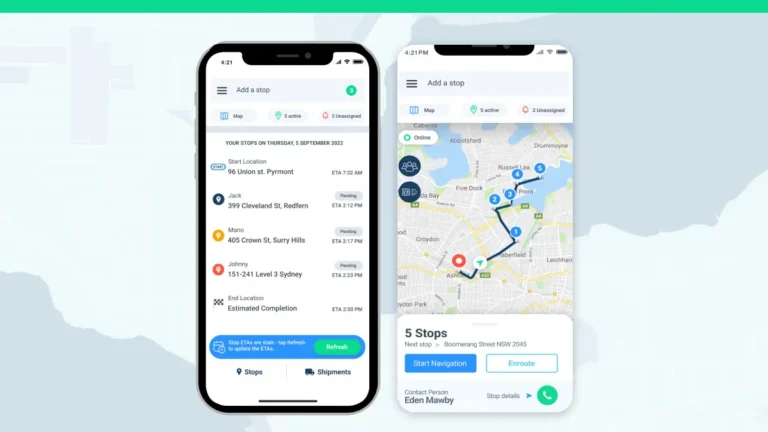With the world gearing to stave off a disastrous climate scenario in 2050, most large businesses are pledging to achieve carbon neutrality within the next seven years. But time is running out and we’re already off to a slow start.
The UN’s most recent Climate Change AR6 Synthesis Report shows we could face a potentially catastrophic event within years – not decades – if we don’t shift away from the use of fossil fuels, and soon.
The report looks at the challenges and risks of climate change, considering the interdependence of climate conditions, biodiversity, and human societies’ impact on the planet. This is where carbon accounting enters the scene.
What is carbon accounting?
Carbon accounting is a tool for businesses to reduce their environmental footprint. Also known as greenhouse gas inventory, it is used to understand the impacts of climate change and to stay on track to avoid a climate disaster by 2050.
In short, it involves examining the amount of carbon dioxide equivalents (CO2e) a company releases into the atmosphere. It also aids in assessing the sources of a company’s greenhouse gas (GHG) emissions.
This could be from direct operations (upstream activities) to indirect activities across a company’s value chain (downstream activities). By keeping track of these emissions, businesses can identify key areas for improvement and align their strategies accordingly.
The business case for carbon accounting
Over a third of the world’s largest businesses have come on board to reduce net emissions. Unfortunately, a study published by Accenture shows that more than 90% of these companies will fail to achieve their goals.
Only 18% of those committed to achieving carbon neutrality are on track, while 33% of companies are actively “cutting emissions but not fast enough.” More than 80% are implementing energy efficiency, 79% are switching to renewables, and 80% are reducing waste.
A report by the Rocky Mountain Institute (RMI) shows that in terms of GHG emissions, the supply chain of an average company is 5.5 times higher than “direct emissions from their owned assets and operations.”
Beyond merely saving the planet and humanity as we know it, there are economic advantages to carbon accounting too. Not only does it give a company a competitive advantage, but it also boosts a business’s reputation for sustainability.
Carbon accounting also opens the door for investments to pour in. Investors increasingly focus on environmental, social, and governance (ESG) criteria, since companies prioritizing ESG appear to be better prepared for regulatory changes in the future.
Navigating challenges
Several challenges remain, such as Scope 3 emissions and supply chain transparency. In a business setting, Scope 3 emissions in upstream activities could, for example, occur in mining metals or manufacturing electronics.
Scope 3 emissions in downstream activities could result from the use of a business’s product by consumers, such as the emissions from the electricity used to power a television over its lifespan. These challenges are harder to address since it’s external factors, but nonetheless still within the scope of business operations.
Another challenge is verifying carbon offsets’ actual environmental impact. Companies would need to ensure their offset projects have clear, measurable reductions in GHG emissions in the long run, instead of just focusing on theoretical or short-term benefits.
No time to waste
The warning from the UN’s report is clear: “Human activities, principally through emissions of greenhouse gases, have unequivocally caused global warming.” Rapid changes have already been noted in the atmosphere, ocean, cryosphere, and biosphere, as confirmed by NASA.
The UN says climate change will affect 3.3 and 3.6 billion people if not addressed now – from extreme weather events to widespread and acute food insecurity and water scarcity. These conditions can be prevented if nations and businesses implement carbon accounting to accelerate efforts.
Thus, embracing carbon accounting – sooner rather than later – is not just a regulatory compliance issue but a crucial step towards saving the planet and ensuring sustainable living conditions for billions.
About the author
Cheryl has contributed to various international publications, with a fervor for data and technology. She explores the intersection of emerging tech trends with logistics, focusing on how digital innovations are reshaping industries on a global scale. When she's not dissecting the latest developments in AI-driven innovation and digital solutions, Cheryl can be found gaming, kickboxing, or navigating the novel niches of consumer gadgetry.










